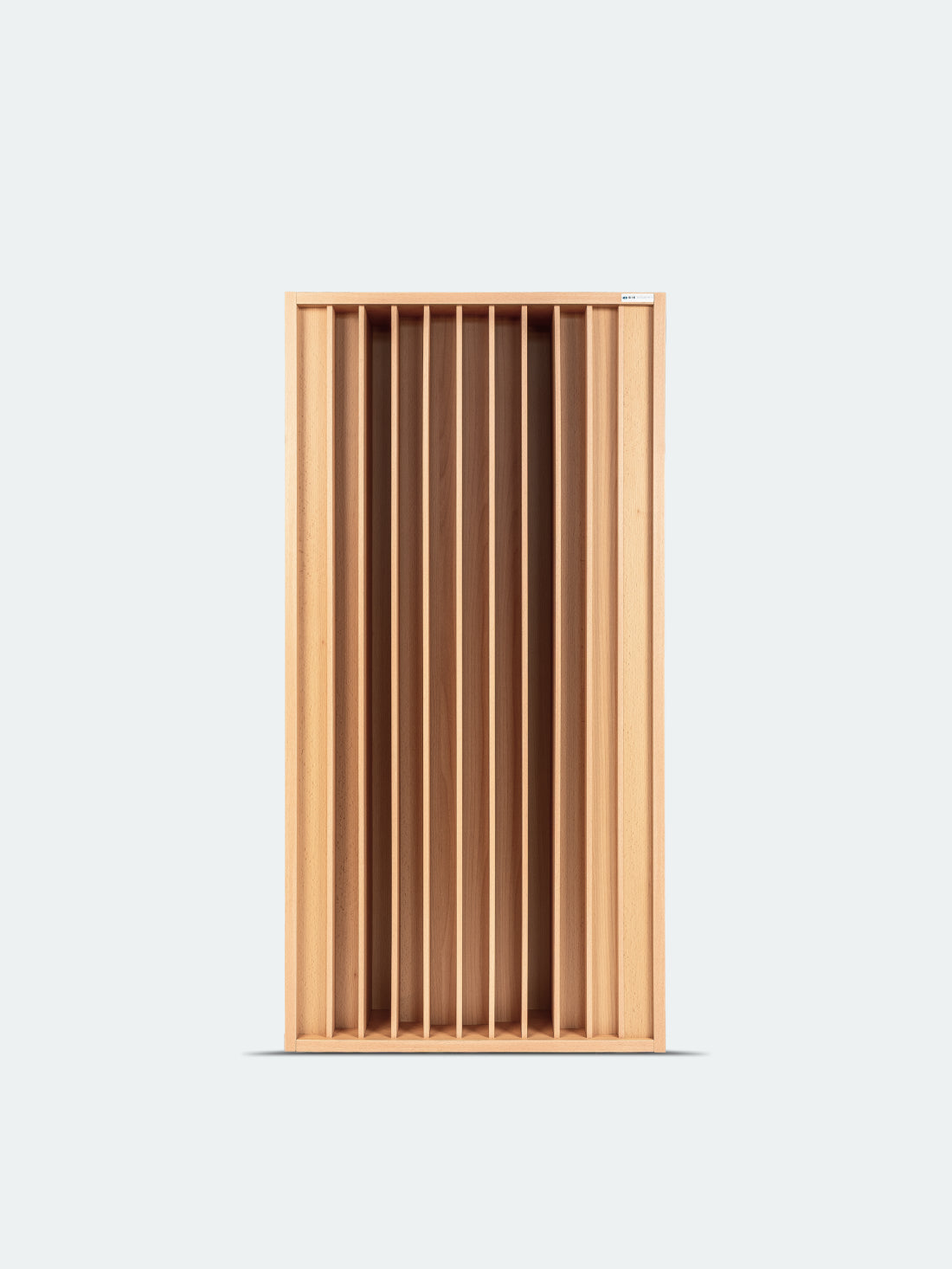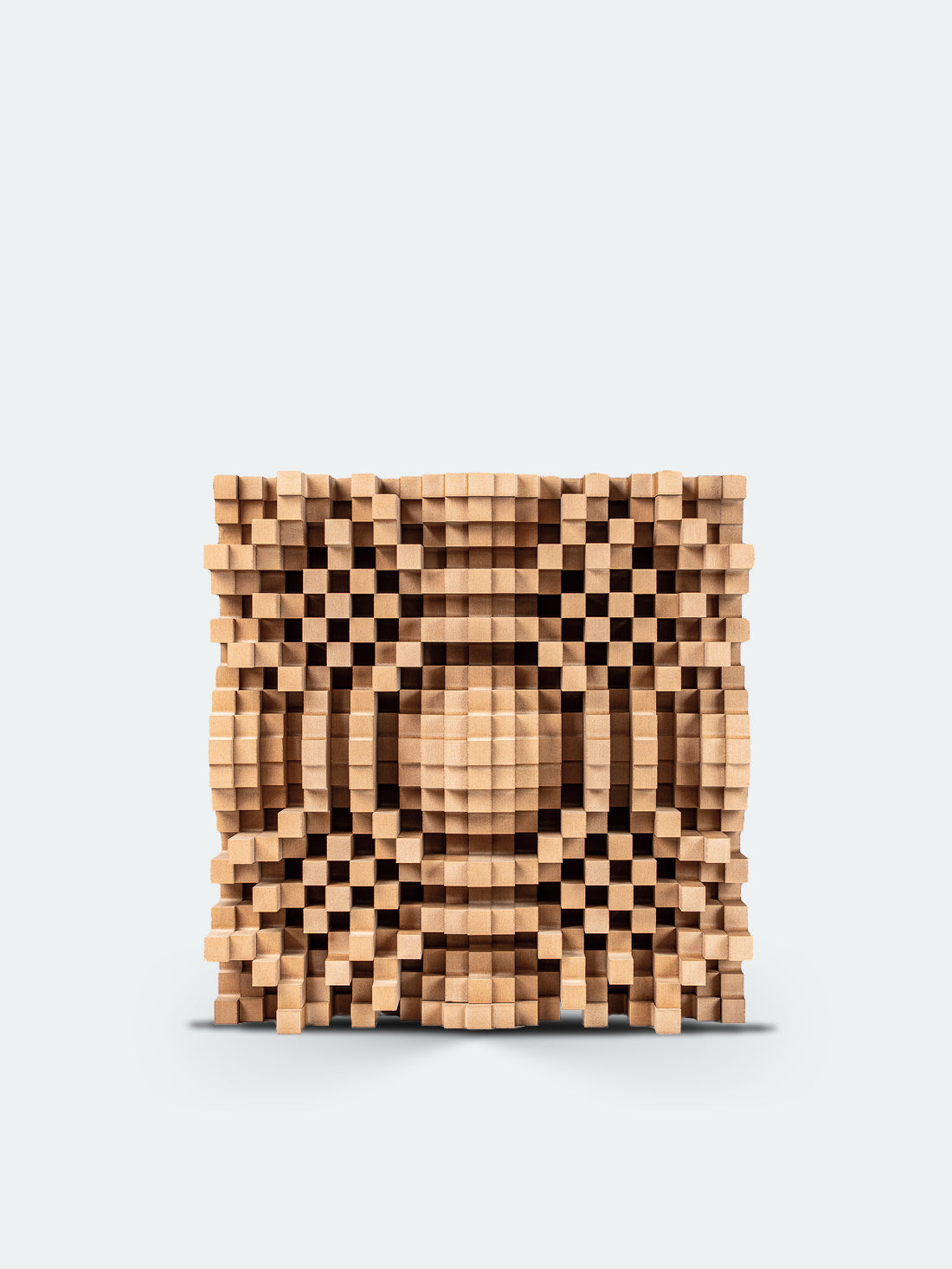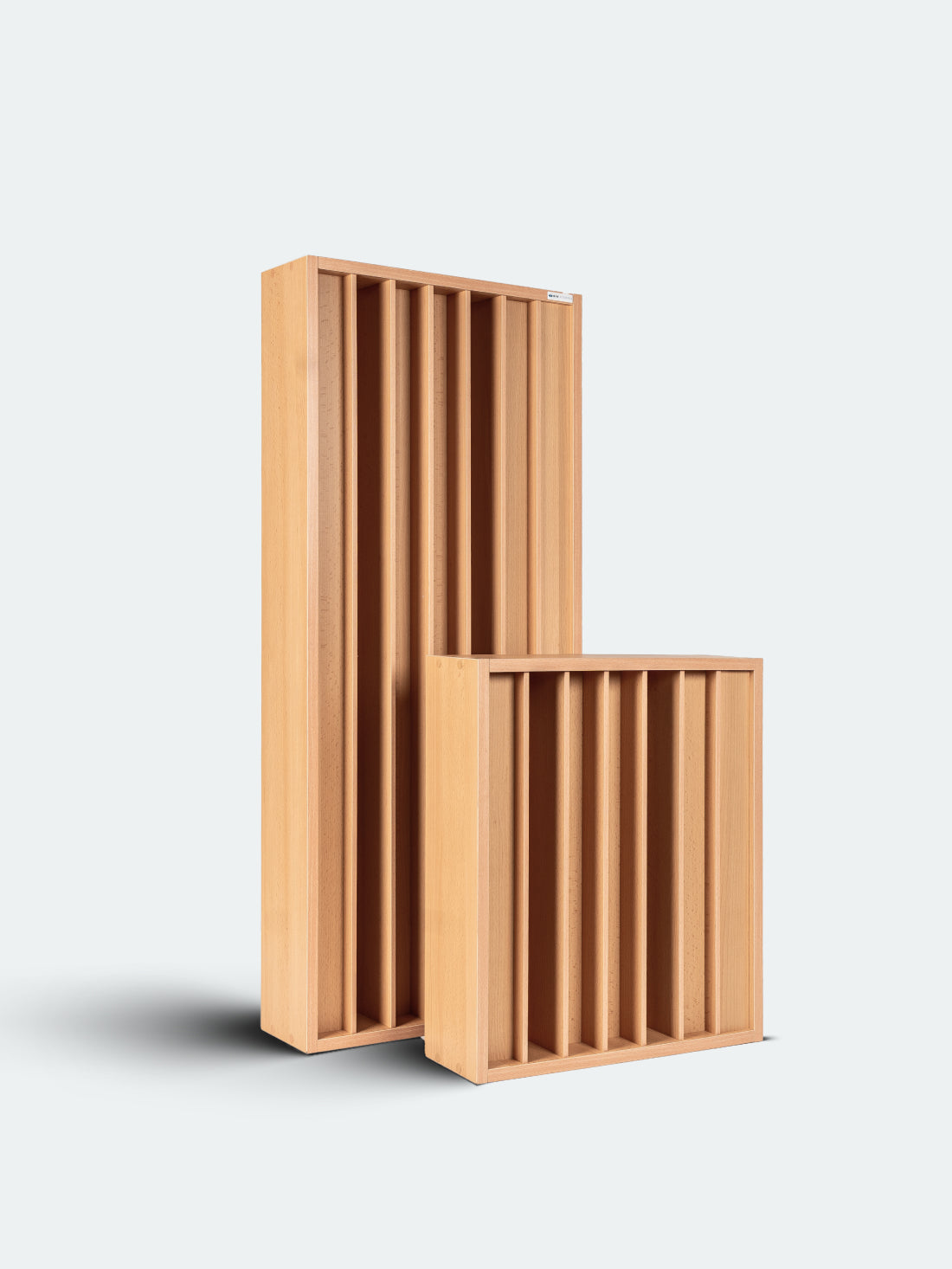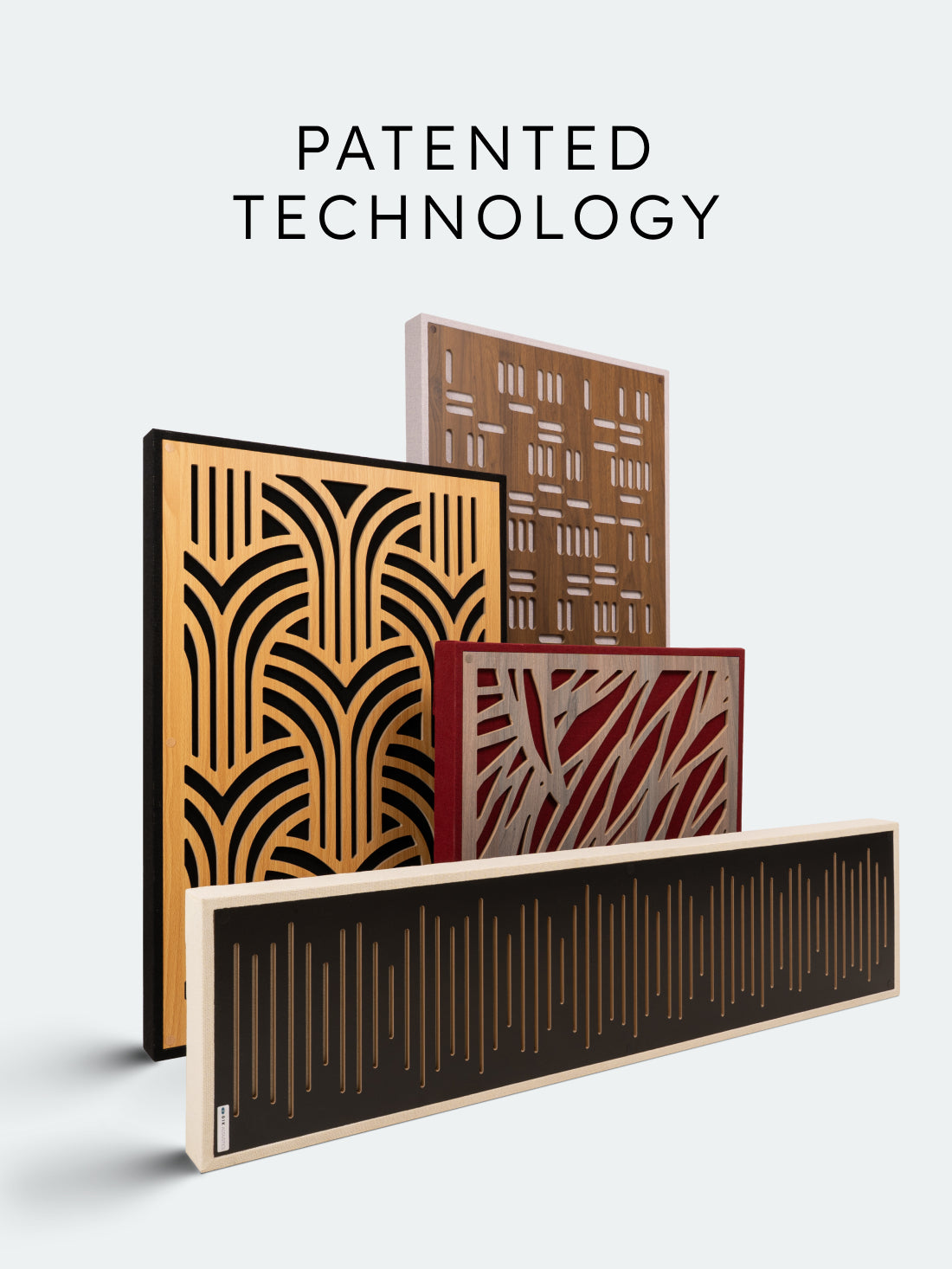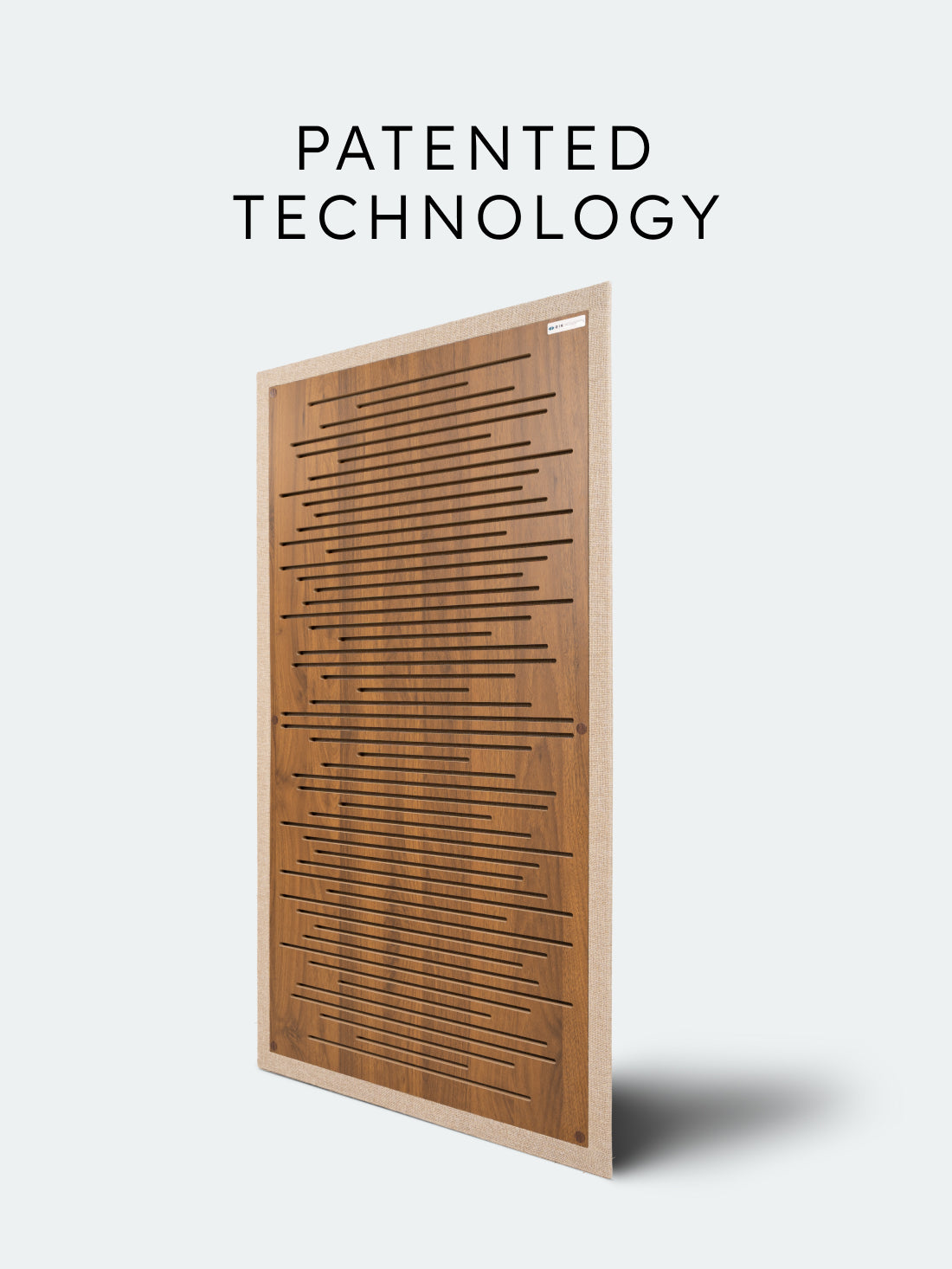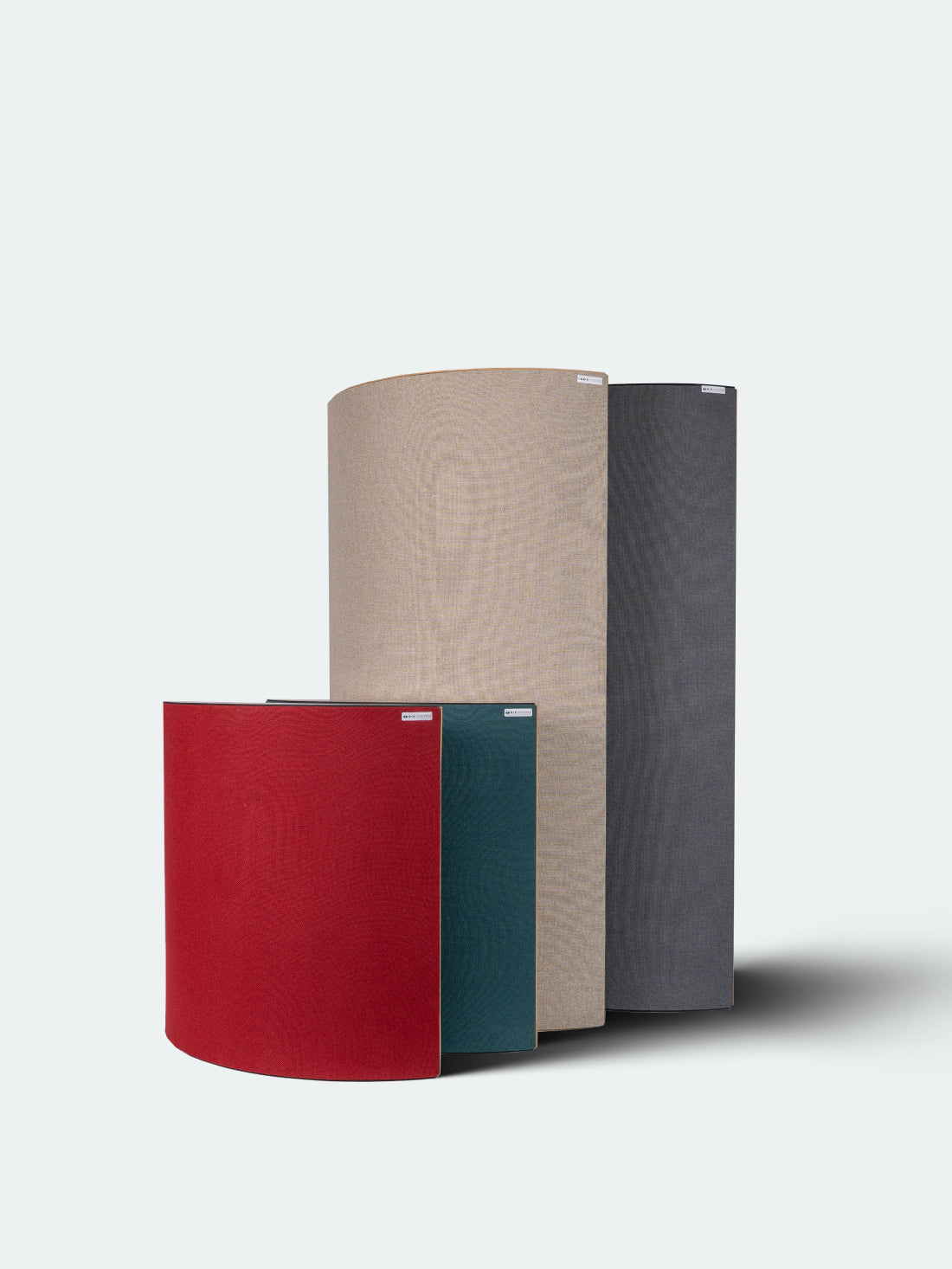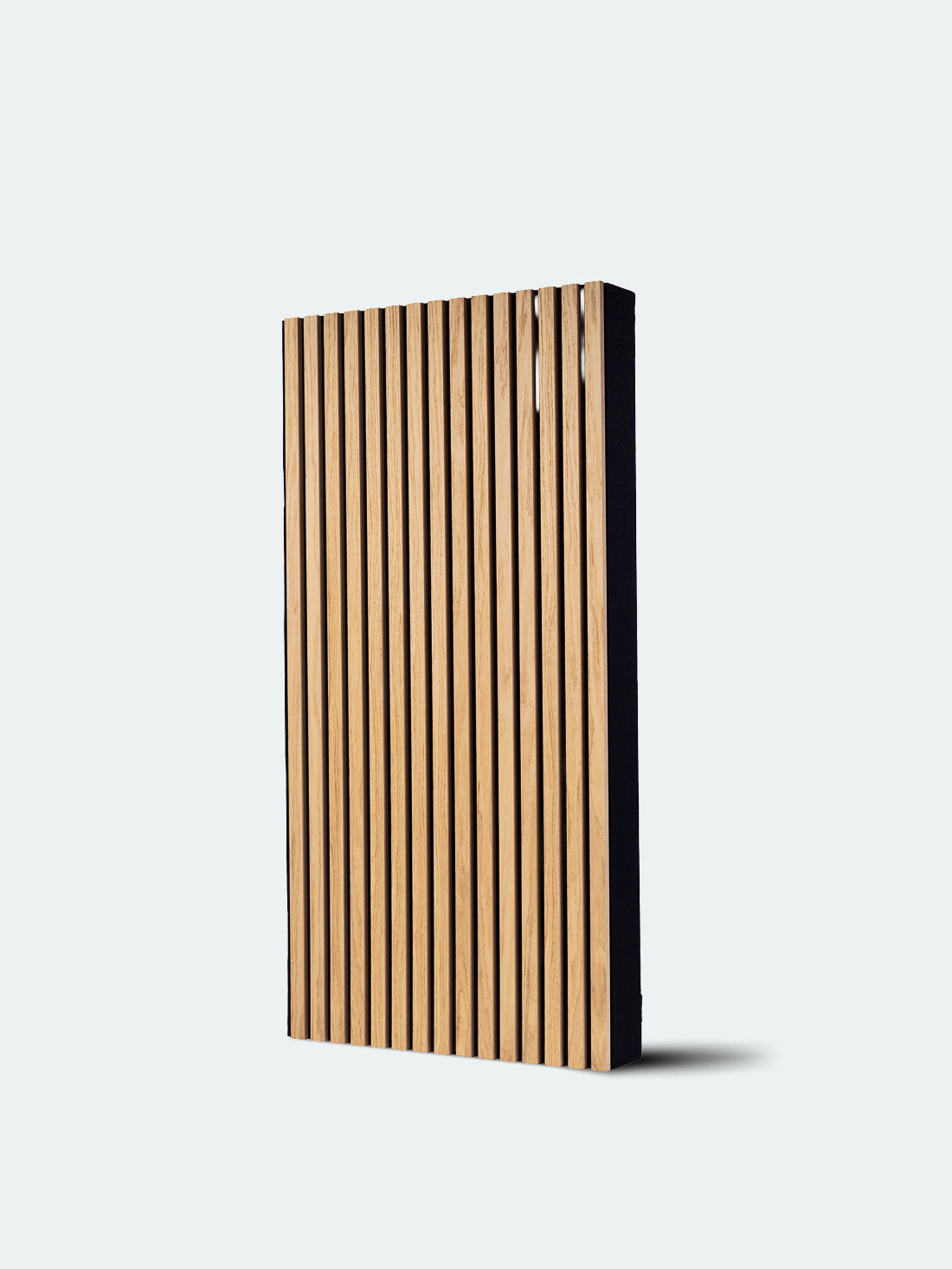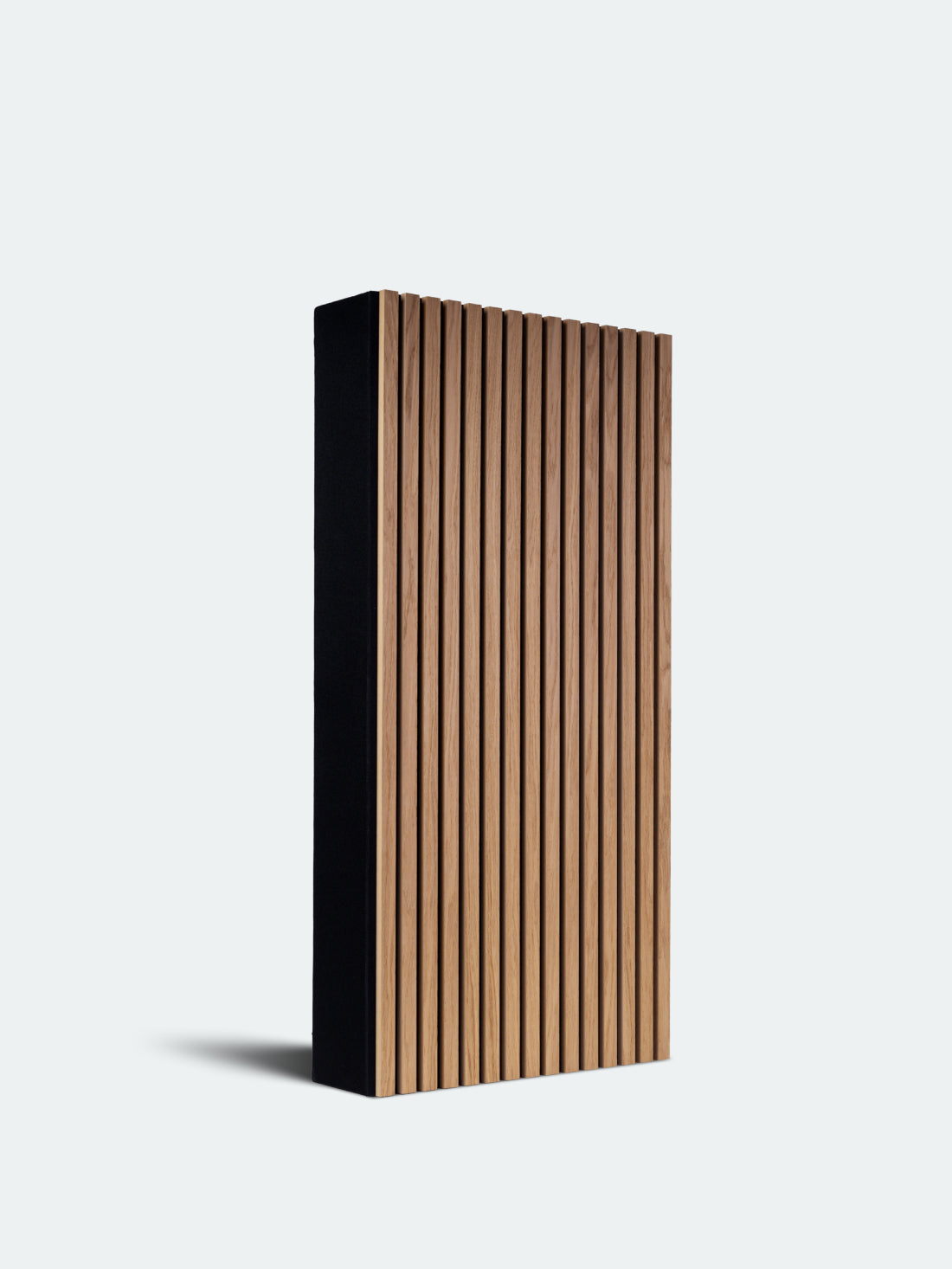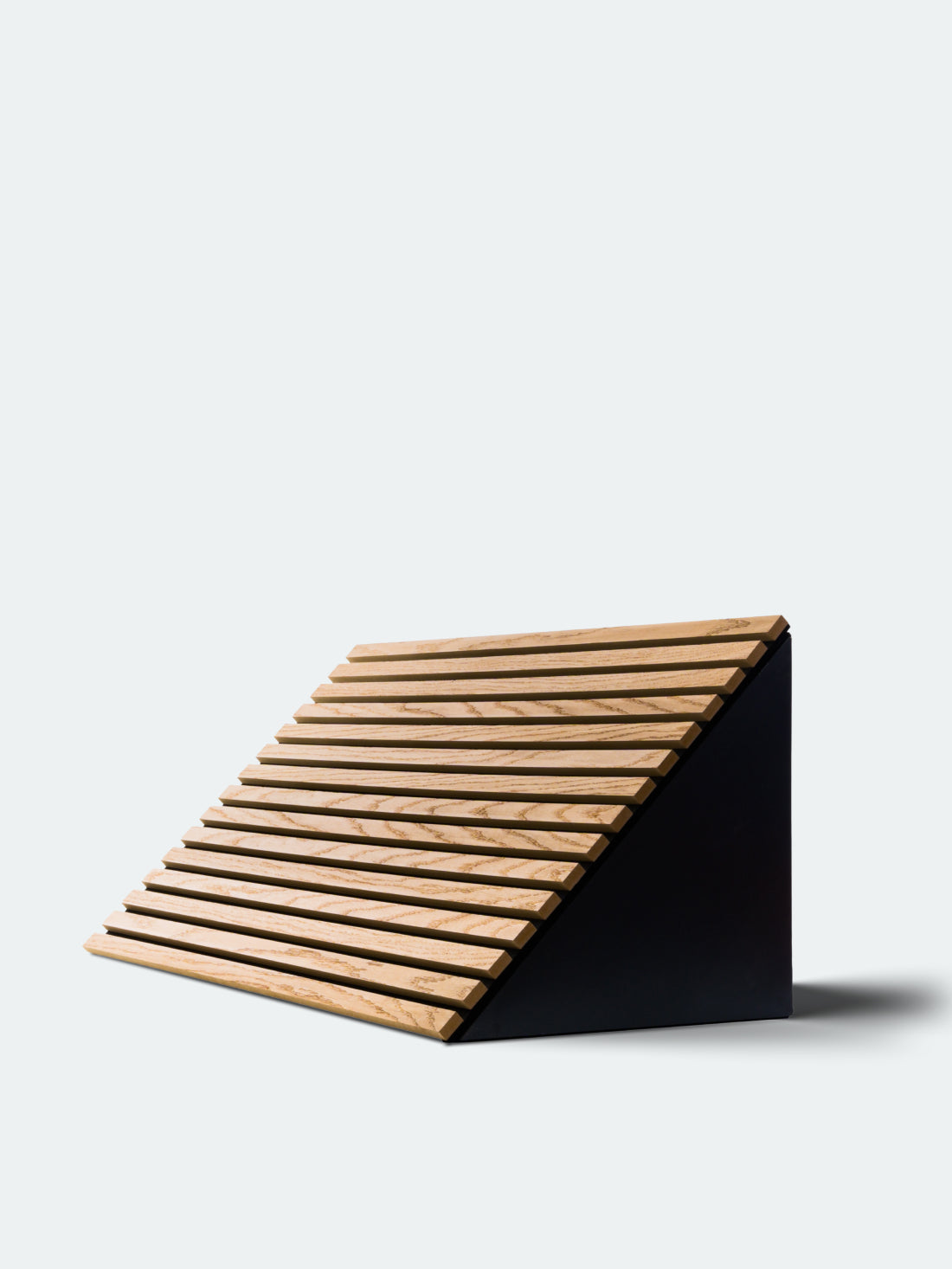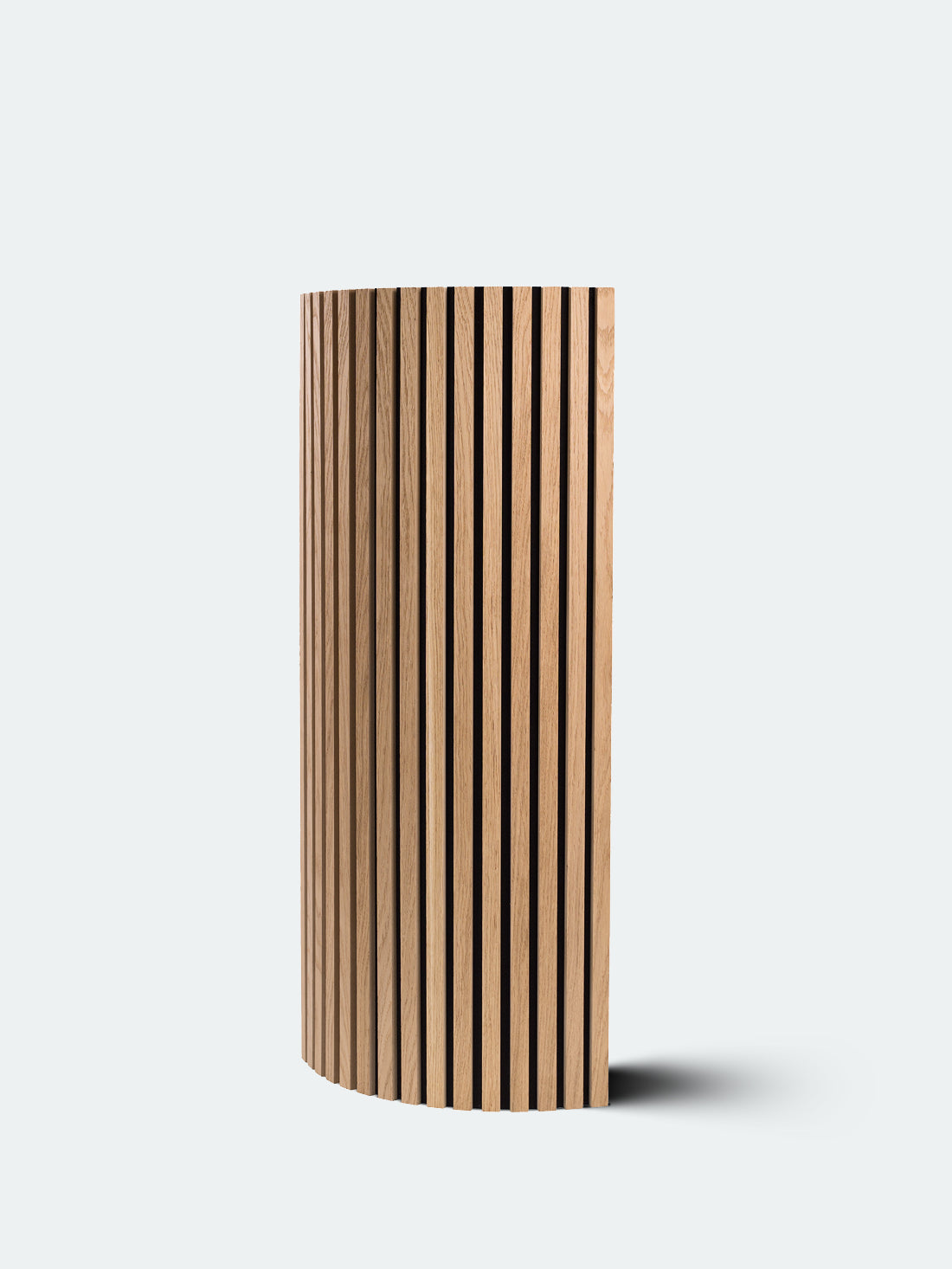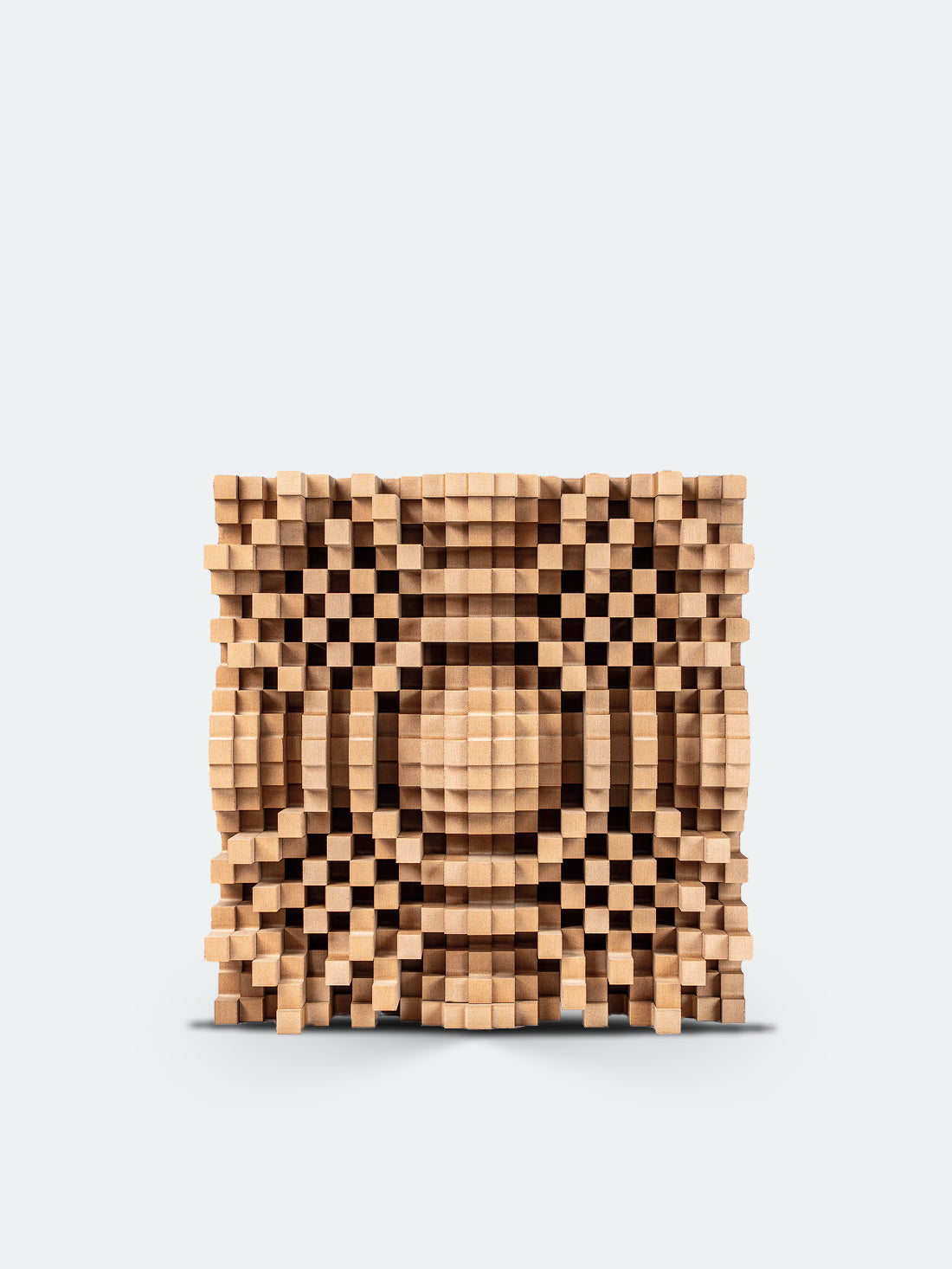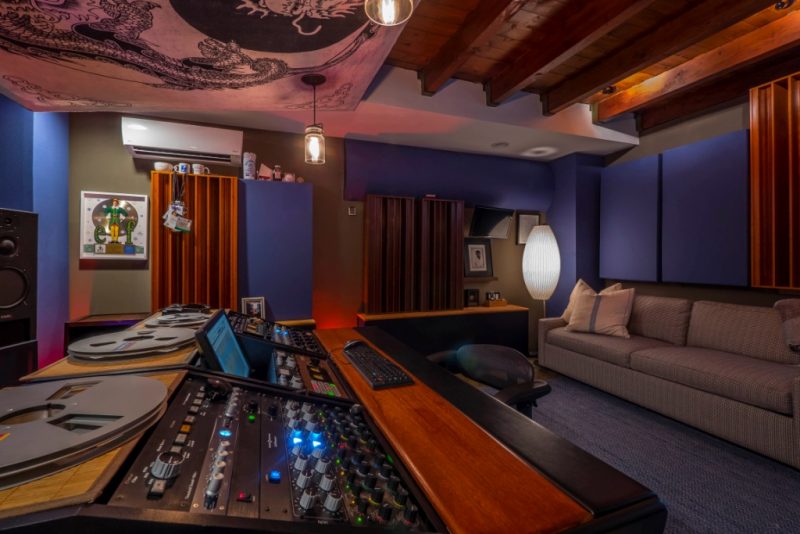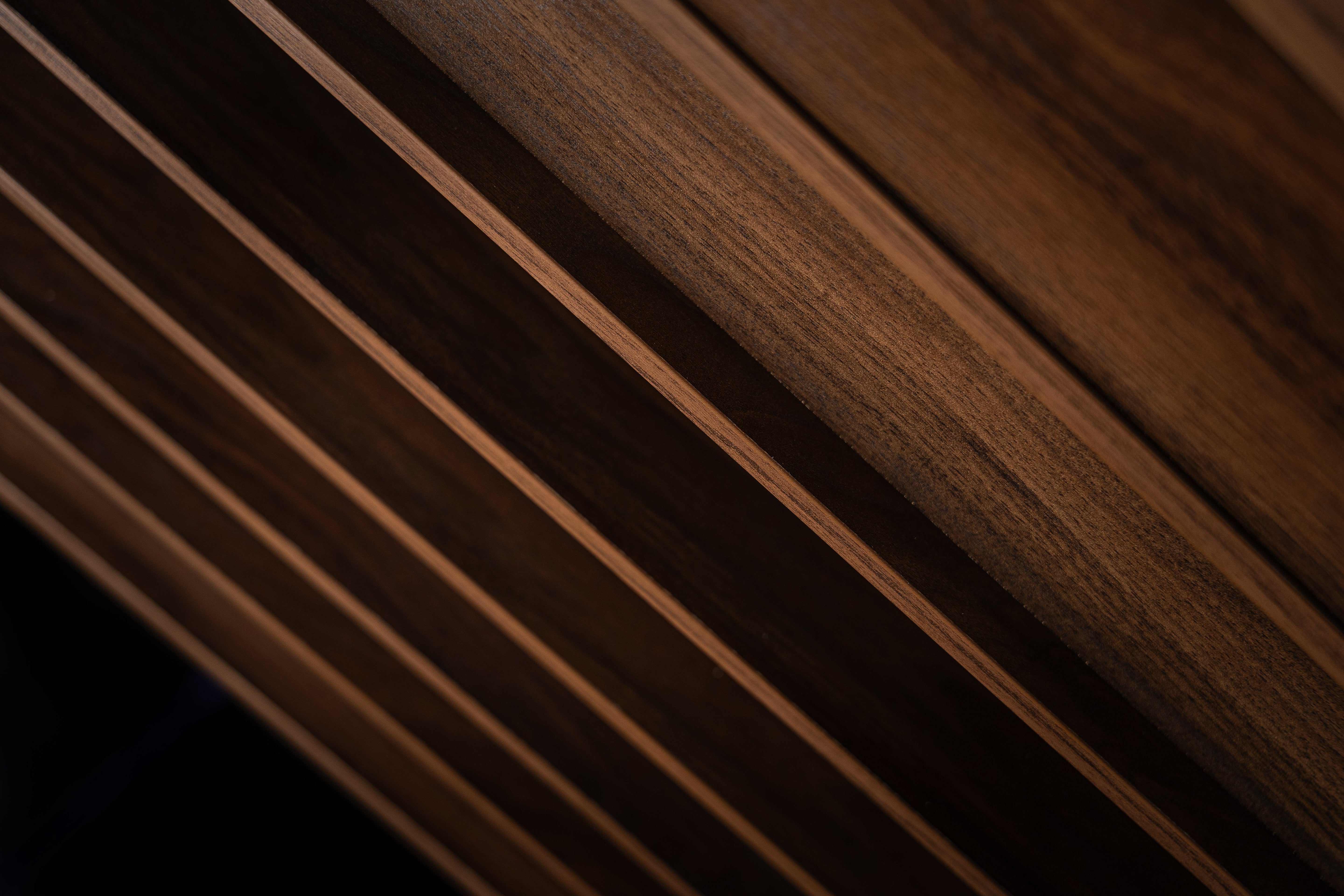Q11D Quadratic Residue Diffusers
Q7D Quadratic Residue Diffusers

BLACK FRIDAY DEALS
Buy More, Save More
Evolution PolyFusor™ Polycylindrical Diffuser
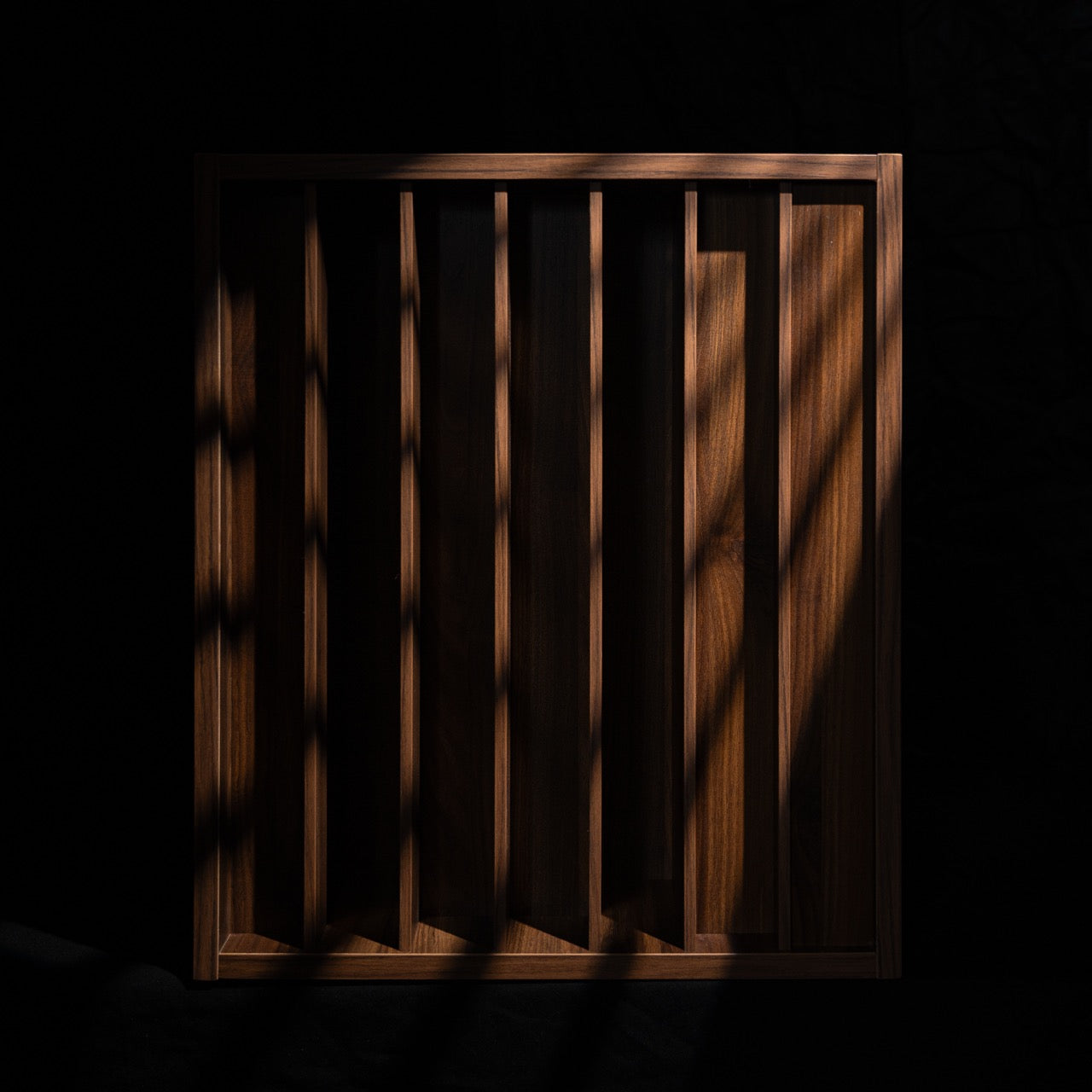
Not Sure Where to Start?
Get free, personalised room advice from our experts.
SlatFusor™ Polycylindrical Diffusers
Recording studios and home studios
Sound diffusers deal with problematic reflections effectively, while preventing overly “dead” sound and yielding a balanced creative environment that sounds natural and is not fatiguing to be in for extended periods of time.
Listening rooms and home theaters
Diffusers help preserve the natural ambiance and enhance the sound aesthetic of a room, enriching the listening experience by improving clarity, dialogue intelligibility, and soundstage coherence.
Control rooms and auditoriums
Well-placed diffusers reduce harsh reflections, making speech and music sound clearer and more balanced with less listener fatigue.
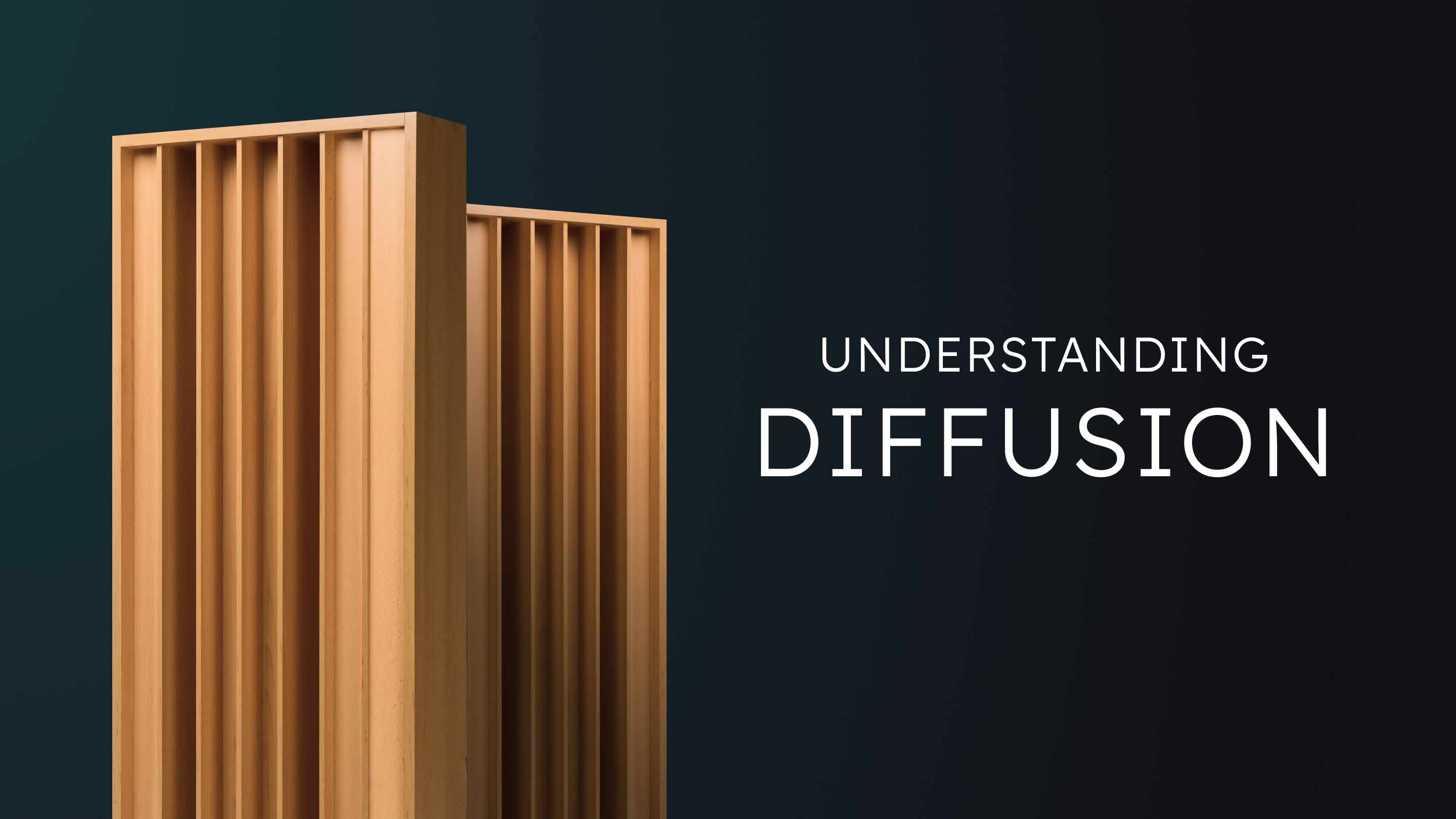
Understanding Diffusion
A good diffusion strategy will play a key role in a neutral, balanced listening environment by preserving our psychoacoustic sense of spaciousness inside the room. Whether you’re setting up a recording studio, home theater, or listening room, GIK Acoustics offers high-performance sound diffusion products that enhance sound clarity, depth, and dimension, yielding a neutral sounding room that is a pleasure to spend extended time inside.
Choosing the Right Sound Diffuser for Your Space
Different styles of acoustic diffusers offer unique benefits based on their shape and function:
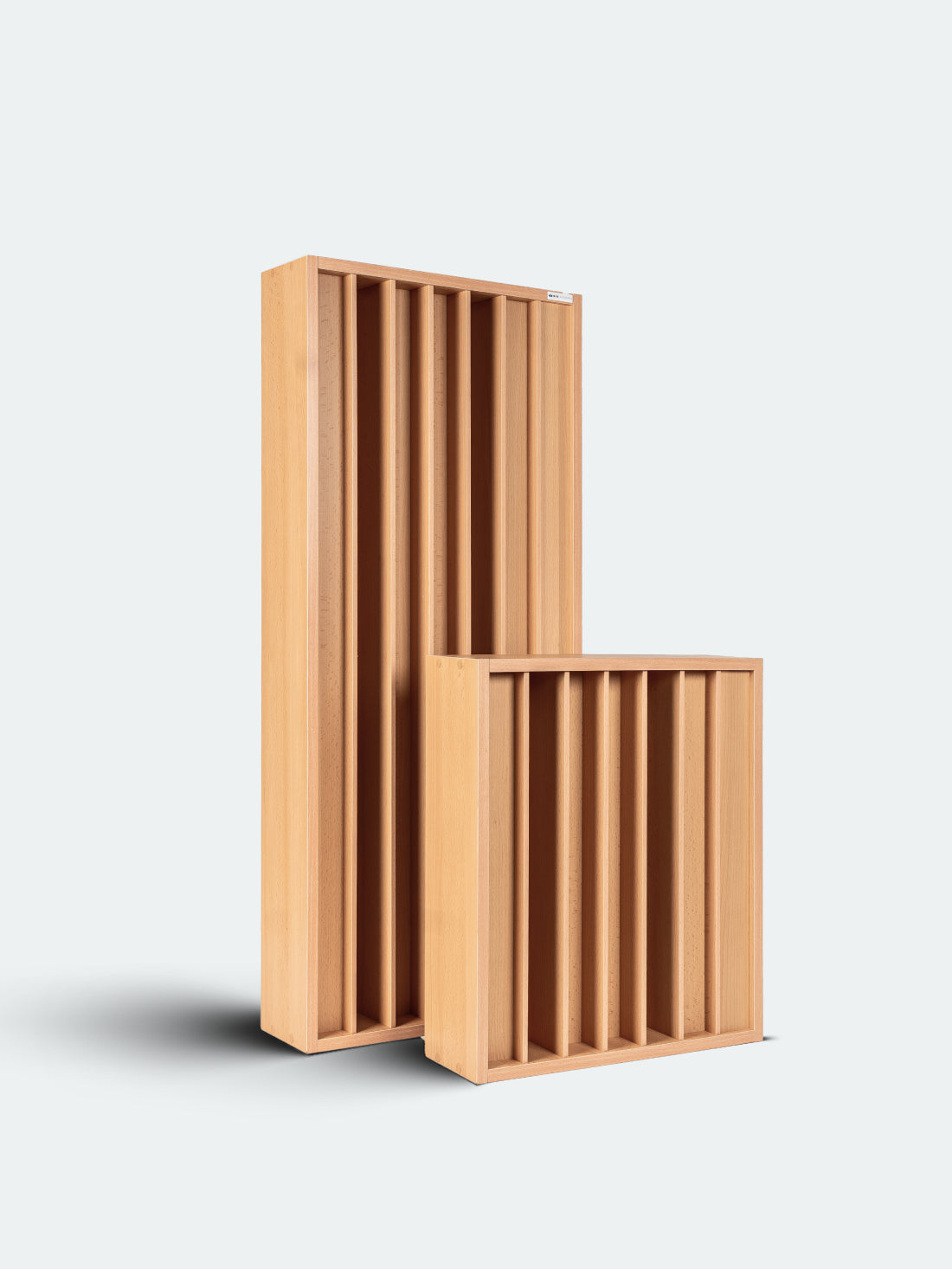
Quadratic Residue Diffusers (QRD)
These use a mathematical sequence of varying well depths to scatter sound both spatially and temporally. These are a classic choice (along with extensive bass trapping) for the rear wall of recording studios and listening rooms where consistent and balanced sound diffusion is so useful.
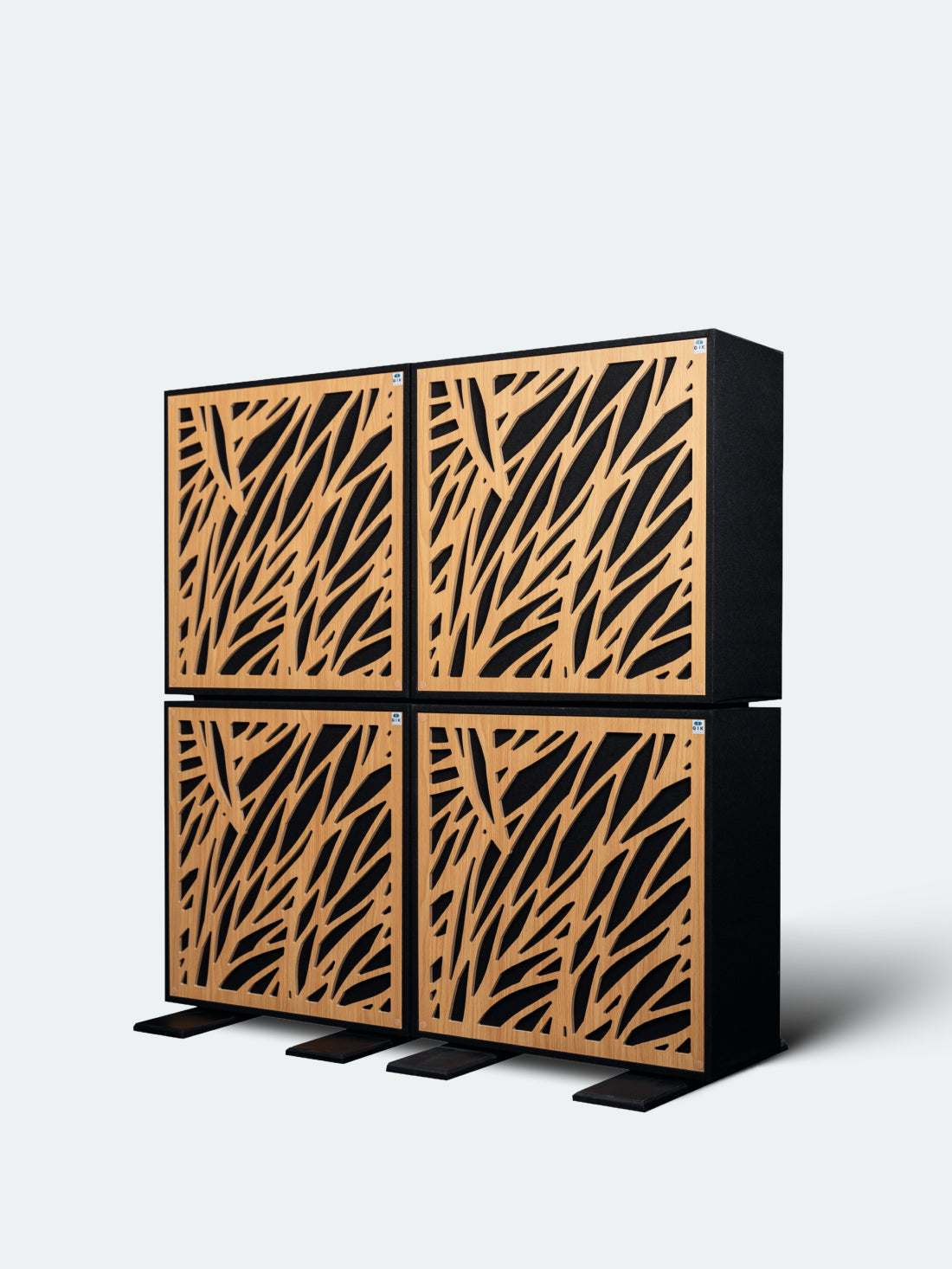
Hybrid Diffusion Panels
GIK’s hybrid broadband acoustic diffuser panels work across a wide frequency range, from high frequencies to the lower mids, and also down into the bass frequencies for thicker units. Hybrid binary diffusers such as our Alpha, Impression, and SlatFusor series enhances room sound from the highest treble frequencies down into the bass frequencies. These devices are ideal for listening environments where balanced sound is desired.
Sound Diffusers vs. Slat Wall Panels and Broadband Sound Absorbers
There are several ways to create diffusion, including dedicated differs as well as hybrid devices that combine diffusion with absorption and bass trapping. While dedicated acoustic diffusers scatter sound, mostly in the midrange, slat wall panels and broadband sound absorbers provide a different kind of acoustic treatment by incorporating sound absorption. Here’s how each type functions and when they’re best used:
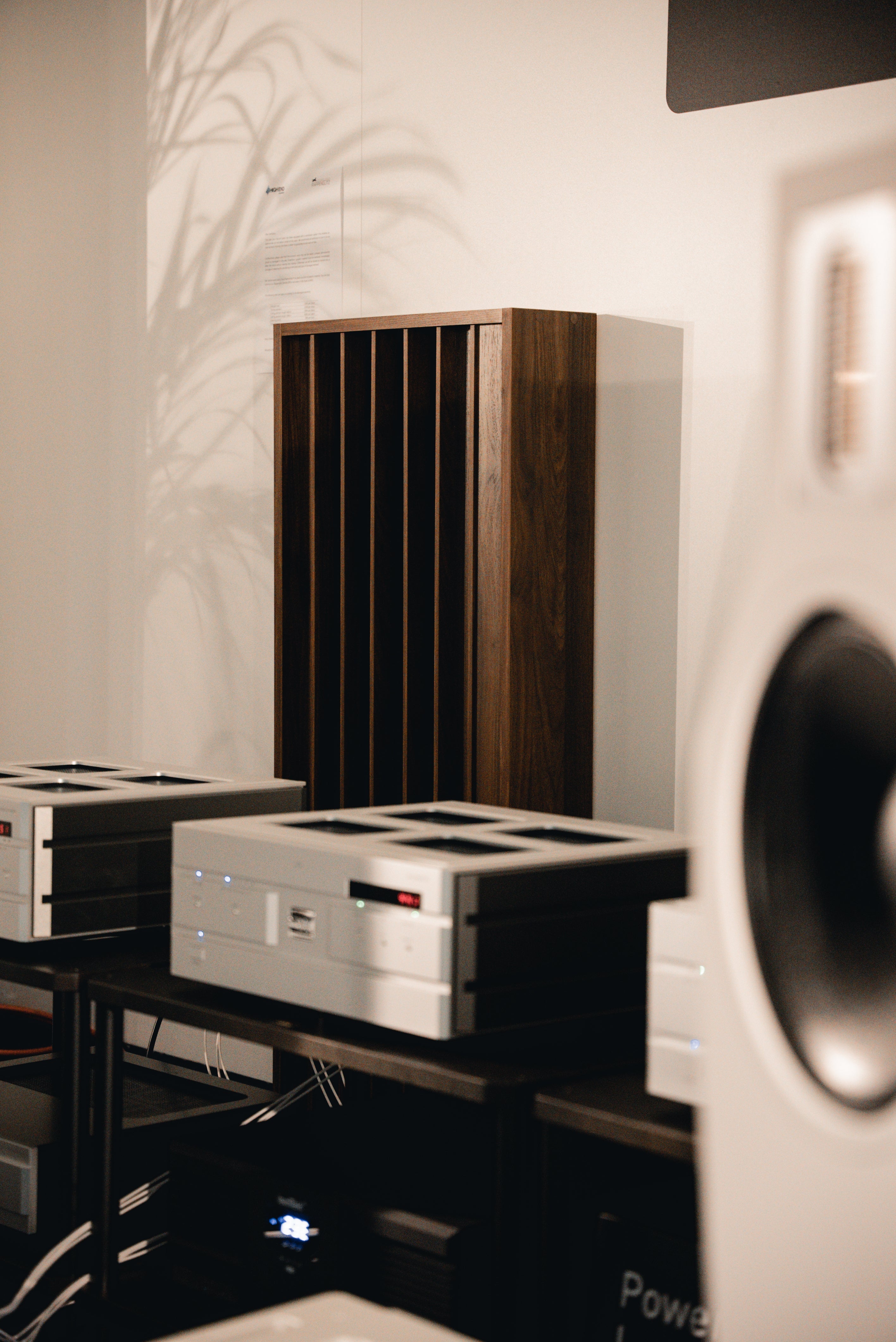
Dedicated Sound Diffusers
These devices scatter sound waves to prevent buildup and echo without using absorption, the one thing we can overdo in a room. Dedicated diffusers are ideal for listening rooms and recording studios where preserving natural sound is a priority, and there is space and budget to use them in combination with other devices to deliver a full-bandwidth, effective treatment strategy.
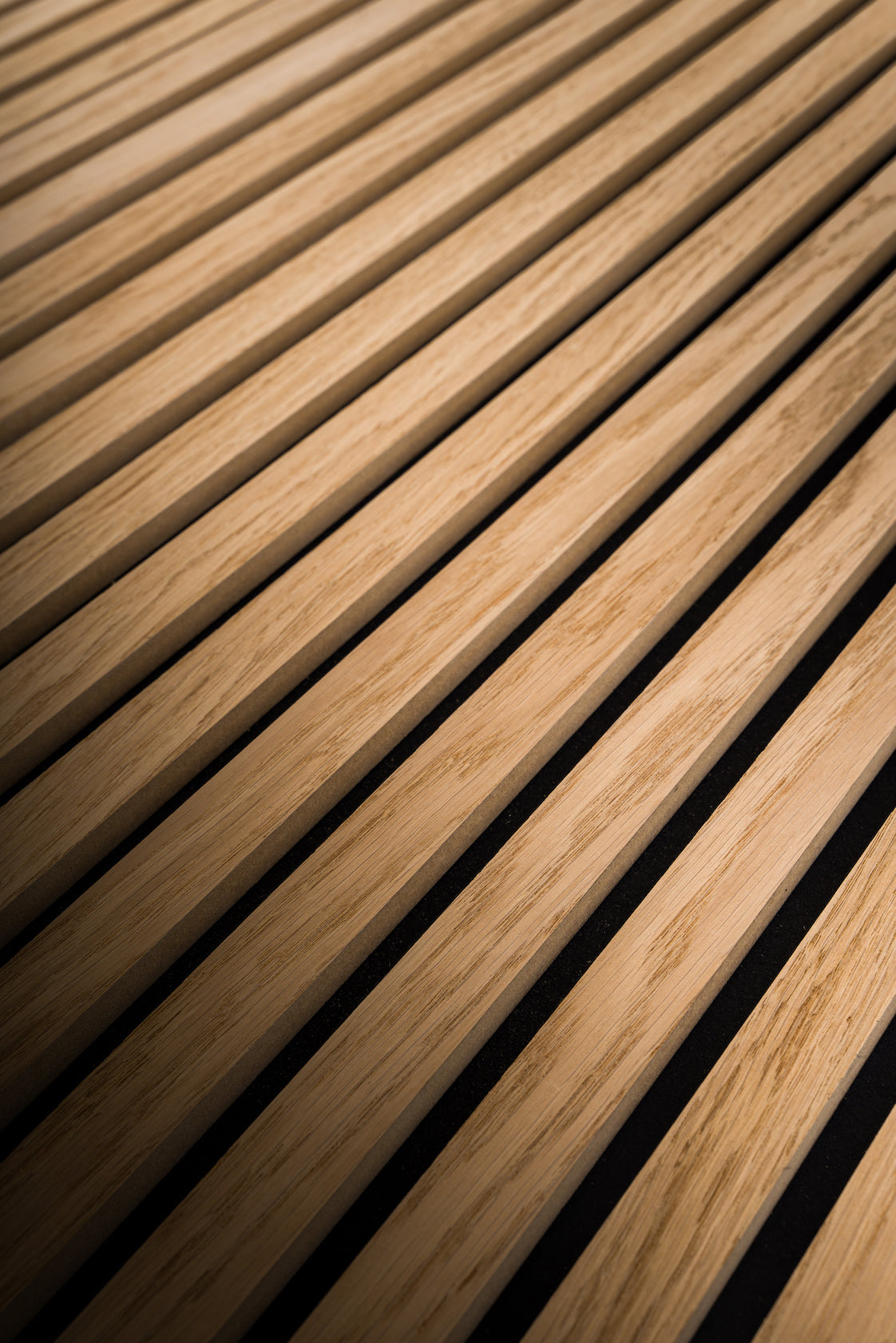
Slat Wall Panels
Often made from wood, slat panels combine sound absorption and diffusion and scattering capabilities. They are effective acoustically, and they add visual texture and design to the room. These panels work well in home theaters or auditoriums for a balanced mix of absorption and diffusion. If we use thicker devices, then the bass will also benefit greatly.
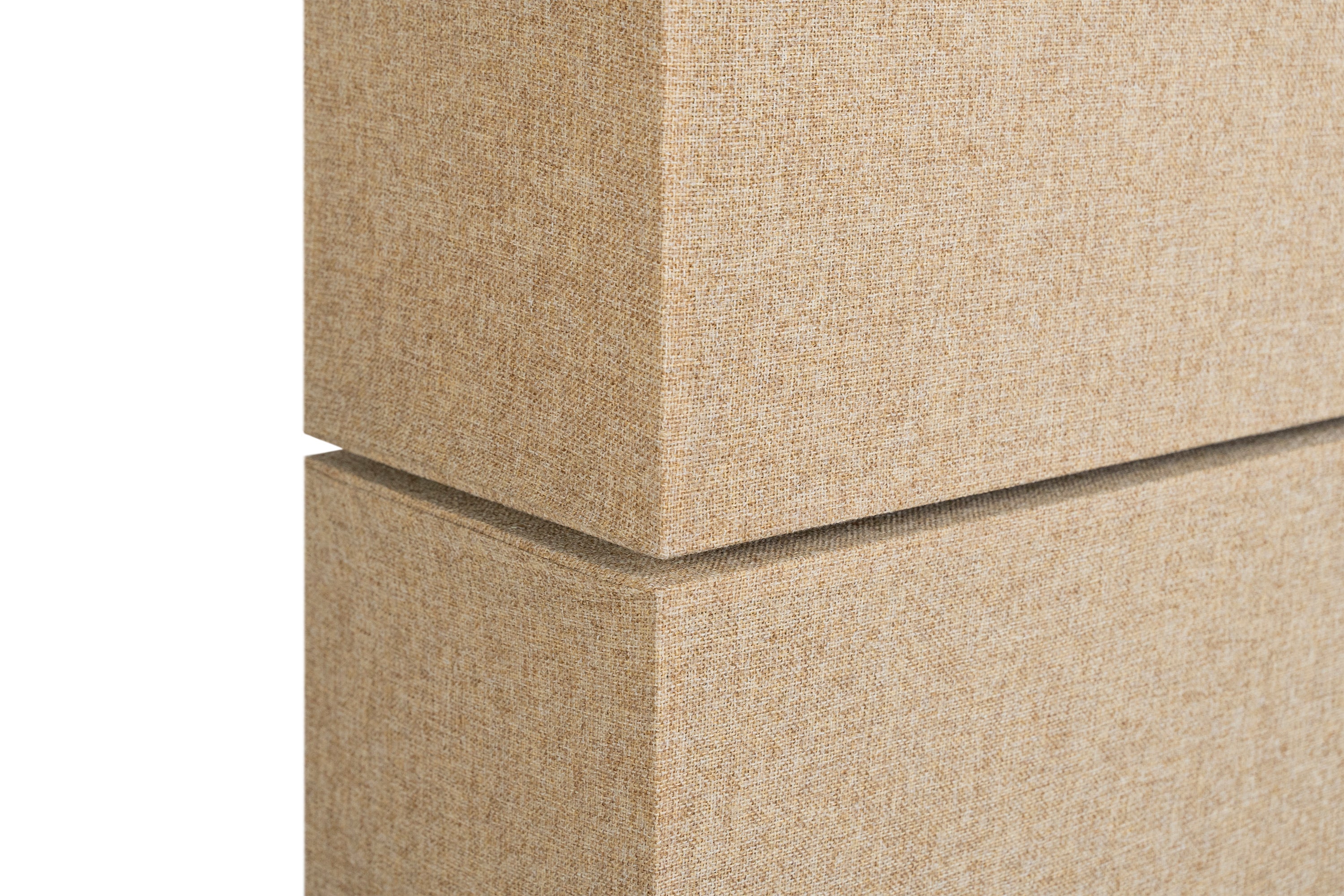
Broadband Sound Absorbers
These absorb sound energy across a broad range of frequencies, including both low-end and high. Commonly made from mineral wool or fiberglass, thick broadband absorbers reduce problems from room modes and standing waves while controlling unwanted reflections. They benefit all rooms that need better sound, and are essential in control rooms, recording studios, high end listening rooms, and theaters where clear, accurate sound is essential.
For DIY acoustic projects, sound absorbers and bass traps are often more straightforward to build and install, but acoustic diffusers add unique sound-shaping qualities that can transform a room’s ambiance, taking a good room to the next level, making it great.
Where Should I Put a Sound Diffuser?
Proper placement of sound diffusers maximizes their effect. Generally, diffusers are most effective at ear level where sound waves fire directly into the diffusers, as opposed to at an angle. But in a music room, diffusion can help just about everywhere.
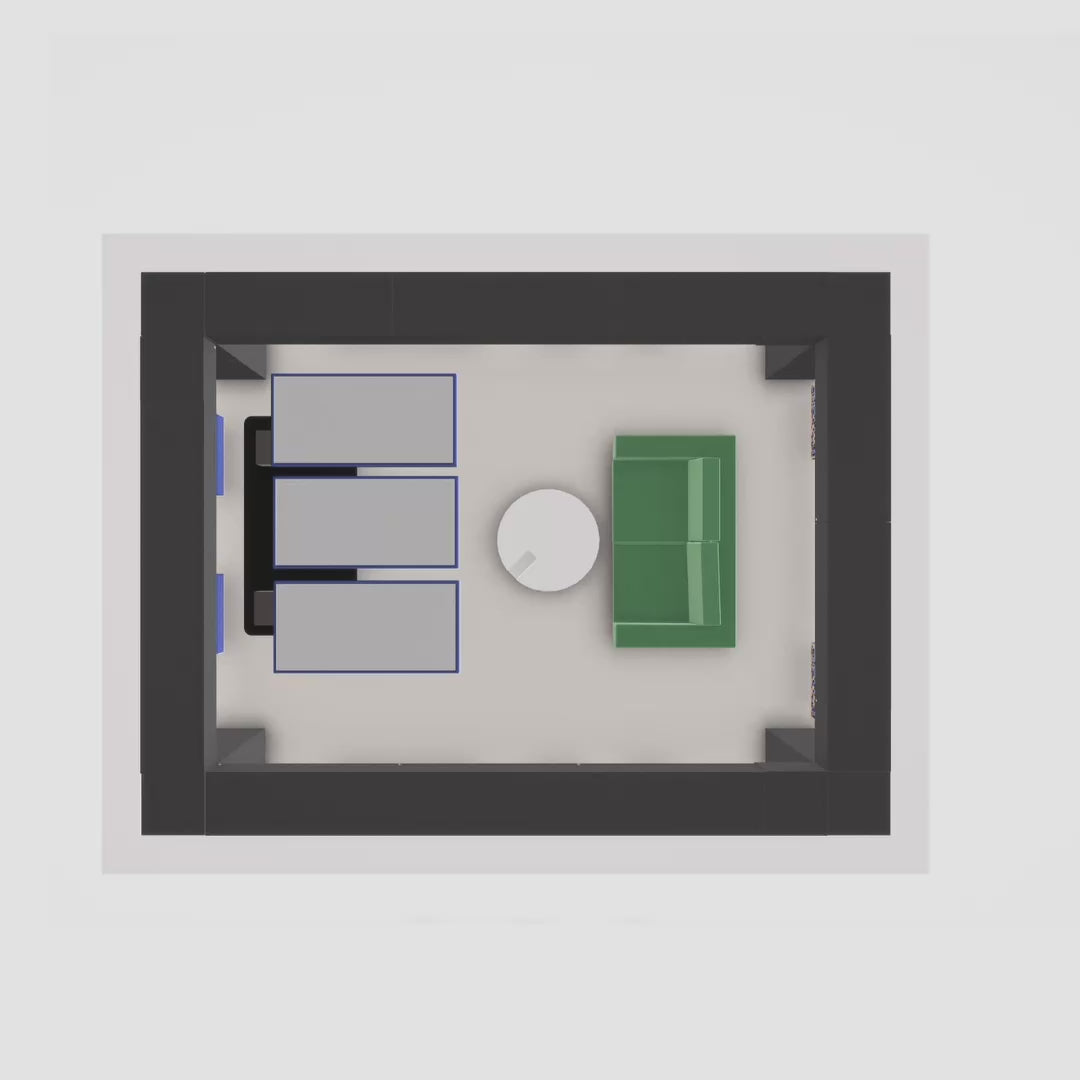
Enhance Sound Quality with GIK Acoustics Sound Diffusers
GIK Acoustics acoustic diffusers are designed to scatter sound waves and reduce unwanted reflections, creating a balanced, open sound. Ideal for home studios, control rooms, recording studios, and auditoriums, our sound diffusion panels bring clarity and dimension to your listening environment. With options in QRD, poly, skyline, and hybrid binary styles, GIK Acoustics offers the right sound diffusers to elevate your room acoustics.
Contact us today for Free Acoustic Advice and explore how our acoustic diffuser panels can transform your space into a professional-grade listening environment.
FAQs
Where Should I Put a Sound Diffuser?
Sound diffusers can help nearly anywhere in a room, but are most efficient starting on back and side walls or ceilings toward the rear of the room. For example, the back wall of a listening room or the ceiling of a home theater above the seats are ideal spots for maximizing sound diffusion.
What is the Best Height for a Diffuser?
Placement height varies based on room setup and acoustics. Generally, acoustic diffusers should be at ear level on the walls when seated for listening rooms or home theaters, but there are many other possibilities in a variety of spaces. Contact our Designers for Free Acoustic Advice to determine what’s best for your room.
Diffuser vs. Diffusor: What’s the Correct Spelling?
Both “diffuser” and “diffusor” are used interchangeably to describe products that scatter sound. While “diffuser” is more common, “diffusor” is also accepted, particularly in technical or international contexts.
How Do I Choose the Right Shape for My Diffuser?
Diffusers are known as much for their visual aesthetic as for their acoustic performance. There are numerous ways to create diffusion, including QRD, skyline, poly diffusers, and hybrid binary diffusers. Each diffuser type offers unique benefits. GIK Acoustics provides Free Acoustic Advice to help you select the right shape and style.
How Big of a Diffuser Do I Need?
Diffuser size depends on your room’s dimensions. Larger rooms or auditoriums benefit from multiple diffuser panels, while smaller home studios may only need a few panels.

